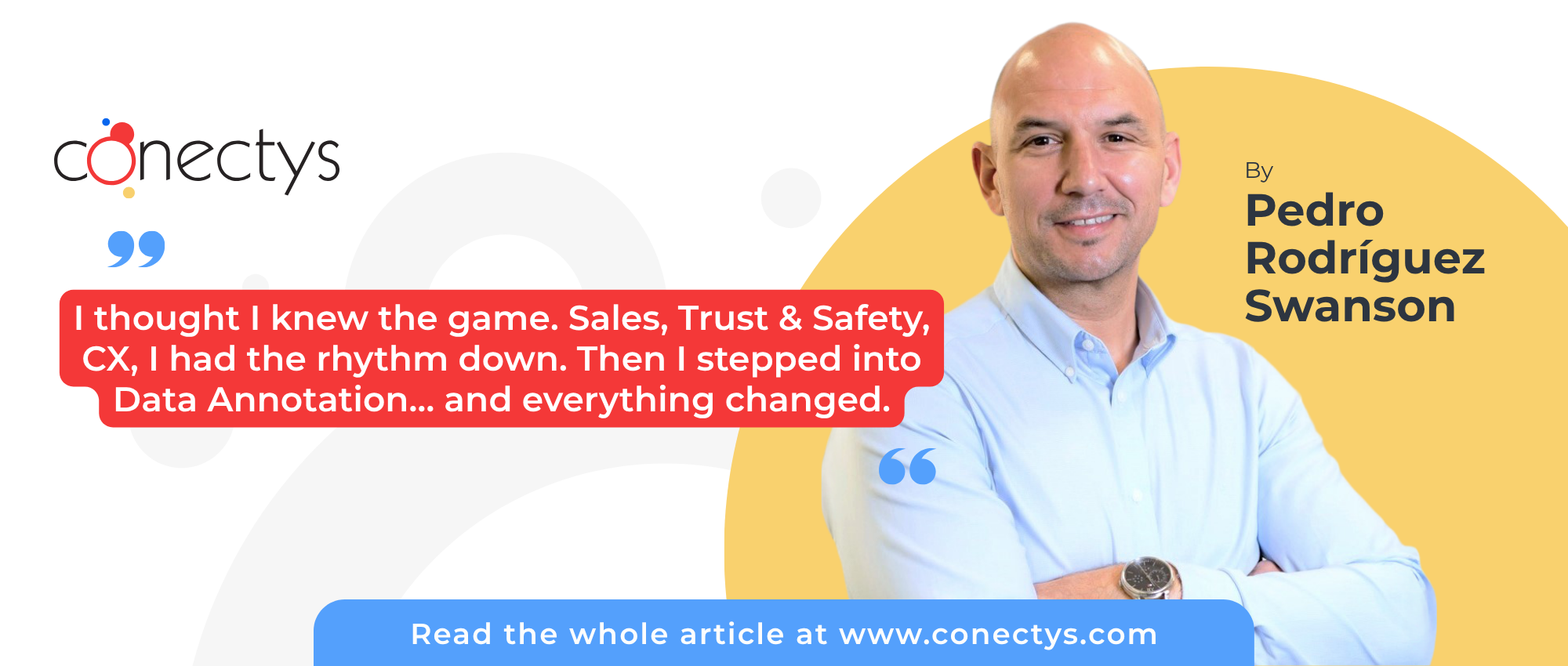The idea of companies using multiple vendors for customer experience (CX) or content moderation efforts is not new – some companies, especially larger ones, have been using multiple vendors for over a decade by now. However, in the last few years, you’re increasingly seeing this model as the norm. It’s usually only about 3-5 vendors that a company will select for a CX project; we’re not talking about 20+ vendors or anything like that, but sometimes you will see 8-10 vendors across a project.
Why exactly is this happening more, though?
Some of the key reasons for multiple vendors
If a company wants to outsource some of their content moderation or customer experience work, and they use multiple vendors in the process, there are typically a few key reasons why they spread out the vendor work:
- Expertise: This is probably the biggest one. Some vendors have specific expertise in an area (say, Western Europe), know the laws there well, know the landscape of moderation or what customers expect, etc. They are a “go-to” for that region, and thus you want them as a vendor in that region.
- Language, localization, and time zone coverage: Sometimes you need to partner with multiple vendors to cover multiple time zones and languages so that you can offer the possible options to global customers seeking solutions for your products.
- Liability: Spreading work across multiple vendors means you have less of an “all my eggs in one basket” context, so if one vendor has their own issues or can’t help you scale, you’re not left beholden to just them – you have other partners that you can offer additional work to.
- Cost: Usually multiple vendors, each brought in for strategic or geographic reasons, are more cost-effective than a single vendor trying to do everything. This is not universally true but often true.
Is one vendor ever the best situation?
Yes, it can be. It’s not the major current trend, but sometimes a company (a potential vendor) will have the best mix possible of language coverage, markets that the main company wants to enter, history/background, good recommendations, and more – and a company will give their outsourced business to that one vendor. That’s not necessarily common right now, no, but it does happen if the vendor has all those unique elements to provide to someone looking to outsource.
One vendor focused on high-quality, tailored approaches – not one-size-fits-all for every market, etc. – can also obviously be very successful for companies looking to outsource some of these business functions. However, it’s important to remember that even if the single vendor does make sense, a company still might opt for a multi-vendor, because companies often make decisions based on the largest deferment of risk, and multi-vendor can feel like the least risky option.
If you’re considering multiple vendors for a project, what should you be looking at?
Essentially, those factors are above. Think of questions such as:
- How much expertise does the vendor have in this specific area?
- Can they help us scale?
- Can they adjust seasonally?
- What is their language and time zone coverage?
- What is their cost position?
- Would they be a good fit with our existing vendors?
- Would it be possible to get the vendors to share best practices?
- Are they positioned to take on more work if other vendors fail?
- Any case studies or client reviews we’ve heard on them?
How does Conectys fit into all this?
We’ve been on numerous contracts with clients where we are one vendor, serving a specific area or a slate of languages, and other vendors are also working with our client. We are perfectly fine with this and often share best practices with those other vendors, working in concert on data and delivering the best customer experience or moderation possible. We also know that a lot of end clients are looking to be more efficient, have a better cost position, and outright automate some of their functions too – and we’re always inclined to help with that, both from our own expertise and with other vendors that the client has contracted.
Conectys is more of a mid-sized BPO. We are not a massive company although we are proliferating. Amongst the four types of BPO providers, we exist in a sweet spot (a “Goldilocks”) whereby we can help you scale, we have a global footprint, and we have tons of expertise – but we’re not big enough where you’ll never get access to our own decision-makers. It’s a good mix of small and big.
We find that often we’re brought in on contracts with a slice of work (3-4 languages, a region, etc.) and the idea is that we’ll expand to more work once we prove ourselves with the client. We like this position, and would love to serve you in any way around customer experience, content moderation, or anything else you need help with that we could provide!















